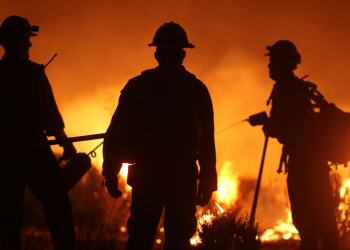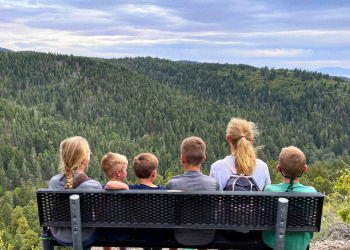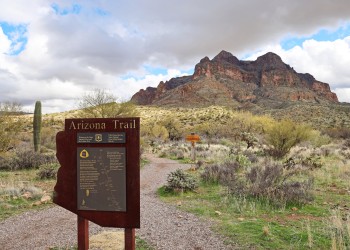Welcome to the Southwestern Region
The Southwestern Region covers more than 20.6 million acres, boasting thousands of recreation opportunities spread across six national forests in Arizona, five national forests and a national grassland in New Mexico, and one national grassland each in Oklahoma and the Texas panhandle.
The elevation ranges from 1,600 feet above sea level and an annual rainfall of 8 inches in Arizona's lower Sonoran Desert to 13,171-foot high Wheeler Peak and over 35 inches of precipitation a year in northern New Mexico.
Find a Forest
Apply Now to Become a Wildland Firefighter

Applications for temporary seasonal fire hire positions are due by July 14.
You can also connect with a Fire, Fuels and Aviation Management recruiter to learn about future openings and hiring events.
Junior Ranger Books Now Available!

Kids can learn about the national forests and grasslands in Arizona and New Mexico through fun activities.
Introducing the AZT Comprehensive Plan

The final comprehensive plan for the Arizona National Scenic Trail was signed on June 9.





